The differences between Tulsa, Oklahoma and Managua, Nicaragua that can be seen flying into the international airport are abundant. From the plane, you can see Lake Nicaragua – a massive lake with miles of shoreline.

As we departed, the steamy, Nicaraguan air hit our faces. We had arrived.
Our van driver, Juan Pablo, is a musician and performer when he is not driving for JustHope. He took us through the busy streets of Managua on Saturday. We, for the first time, saw the single-story structures lining Avenida Bolivar. The buildings are connected with little distinction between commerce and residential. Many residents also use their homes to sell snacks and beverages in a cafetin and the lack of distinction is typical for this lower income Nicaraguan neighborhood. The facades of the buildings are lined with paper advertising and signs.
In the city, the residents sit outside their home, with children on their laps, talking with family and neighbors. There are many motorbikes and bicycles sharing the road with vehicles since gasoline is more expensive for people only earning a few dollars a day. Unemployment is at 50 percent in the city, and at 90 percent in rural areas like Chacraseca, where All Souls Village Banking focuses its micro-lending program.

Leon and the founder of JustHope
We drove for about two hours before we reached Leon, a cultural an historic center of northwest Nicaragua. We stopped to pick up our colleagues from JustHope. JustHope facilitates long-term partnerships grounded in solidarity, mutuality and collaboration between Nicaraguan and U.S. communities. JustHope’s founder, Rev. Leslie Penrose, recently retired as the director of the Tulsa-based non-profit. She opens her comfortable residence in Leon to staff and travelers to have a respite on their journey.

Taking a two-lane highway out of Leon, men on horseback and horse-driven carts join the menagerie of transport. Motorbikes are seen with small children or large baskets tucked between rider and passengers. Nicaraguans are resourceful people when it comes to making their way to and from Leon, whether it’s on horseback, cart, motorbike, or on foot.
The highway turned to dirt as we entered the Chacraseca sector of Raul Cabeza. We traveled 5 kilometers to the JustHope campo where we are staying. Our lodging is called Casa de Paz, a cinderblock building with a guest room, two dorm-style rooms with three bunk beds in each. Some have chosen to sleep outside on the large portico. My pre-conceived nightmarish visions of swarming mosquitos were quickly turned into a good night’s sleep under the nice breeze.
JustHope: the central hub for Chacraseca
I’ve learned that JustHope is a center for the Chacraseca community. Leaders from all twelve sectors gather for meetings there to discuss issues and solve problems. The topic this week is the 15-year old water system which often breaks, leaving residents without safe drinking water.
Just Hope’s influence is also visible in the medical clinic, one of three in a community of 8,000 people. The other two clinics are run by the government where health care is nationalized but not readily available in rural areas. I found it interesting that many of the medicines that would require a prescription in the U.S. are available over the counter.
I met a medical intern named Emily. She informed me that many residents who don’t want to make the trip to a clinic often self-medicate, which leads to them taking drugs they don’t need and can do more harm than good. On the days the clinic is open, those who can travel to the clinic are lined up outside waiting to see a doctor or a dentist.
Next door to the clinic is the music building where we were treated to an evening performance of national songs and dance featuring both girls and boys. JustHope music teacher Abimiel instructs a group of boys in percussion beat of marimbas, the cahone, and drums. Abimiel offered to teach us how to strike the marimba and tested our memory as we followed his lead.
Stitching Hope is adjacent to the music room. Here is space for eight women to us the batik technique to dye shirts, dresses, and swatches of fabric. They also create beautiful purses, lanyards, an array of colorful clergy stoles that tell a story. We did not resist the chance to own something so carefully crafted by their hands.
The people of Chacraseca are like family
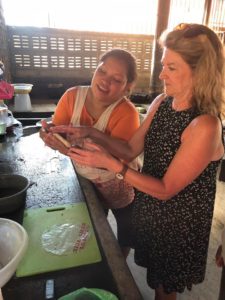 Chacraseca residents who walk to the campo daily fix meals for the groups that arrive throughout the year. They have breakfast ready by 7 a.m., providing us with daily sustenance of rice, beans, fruit, juice, tortillas, plantains, picos, and chicken dishes. If we want coffee, we make it. If we want milk for our coffee, it depends if the cow at the neighboring residence has produced milk for the day. Our first night, the answer was no, but the next day a pitcher of milk appeared in our refrigerator.
Chacraseca residents who walk to the campo daily fix meals for the groups that arrive throughout the year. They have breakfast ready by 7 a.m., providing us with daily sustenance of rice, beans, fruit, juice, tortillas, plantains, picos, and chicken dishes. If we want coffee, we make it. If we want milk for our coffee, it depends if the cow at the neighboring residence has produced milk for the day. Our first night, the answer was no, but the next day a pitcher of milk appeared in our refrigerator.
JustHope staff have quickly become like family, coming and going from Casa de Paz and playing a huge role in all events as hosts, translators, and security. And then, there is our driver, Juan Pablo. He has become a good friend and he drives us to our destinations safely. Moreover, the time he shares with us, with his humor, kindness, and fun personality, have been some of the best moments of the trip so far.
This is life at the JustHope campo and Casa de Paz. There is so much more to tell.
In future posts, I’ll share with you more about the green stoves we are building for two families, the impact Village Banking’s micro-credit and lending program has on the women entrepreneurs of Chacraseca, and about the loving touch of a volunteer built home for a young mother and her extended family.
Until next time,
Kim
Read more from Kim Marsh-MacLeod and All Souls’ international reach in Chacraseca: Raising Nicaraguan families out of poverty.
All Souls members and Rev. Barbara Prose will be traveling with All Souls International to walk the Camino de Santiago later this year. We’ll share more from their journey on beyondbelief.online.
Build schools in the Guatemalan highlands where schools are desperately needed. The Sienna Project is a living memorial to the Lavanhar’s late daughter, Sienna. The Sienna Project is planning their 2019 trip now! Read more from the 2017 trip written by Rev. Marlin Lavanhar on beyondbelief.online.
Sign up for Sienna Project 2019
Trip dates: January 27 through February 3, 2019
Details and to register: email ddrusher@att.net

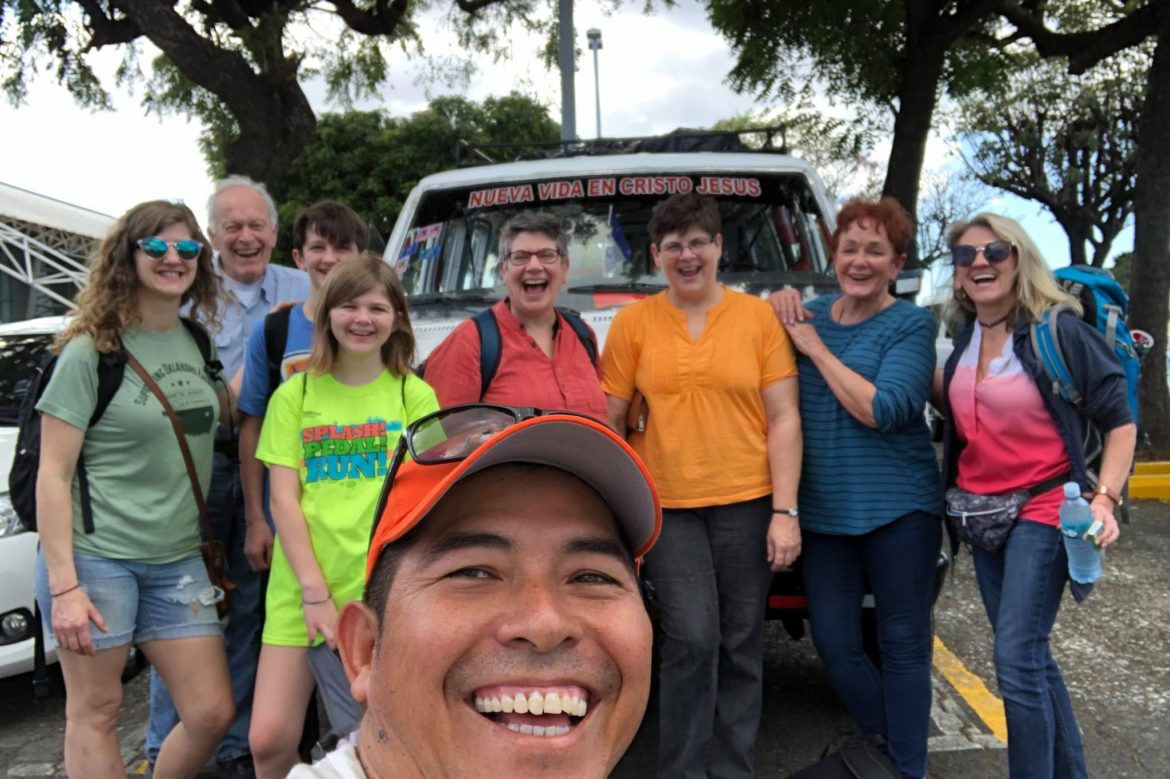

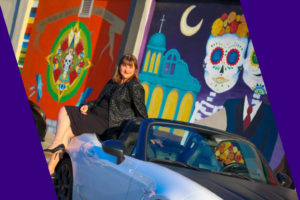


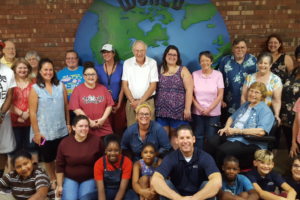





















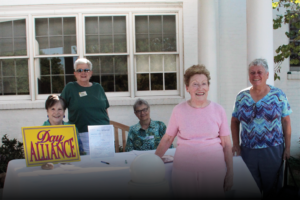


























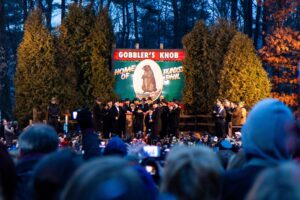



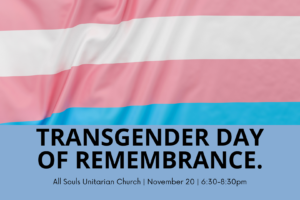

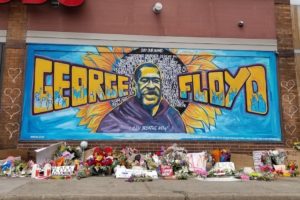












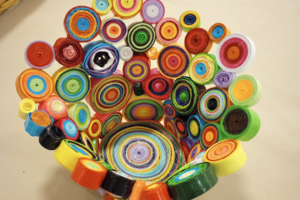



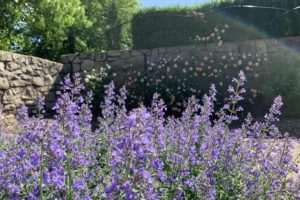








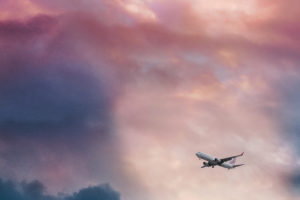











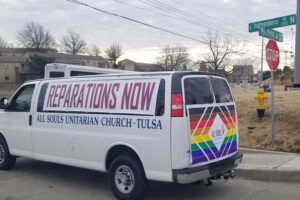




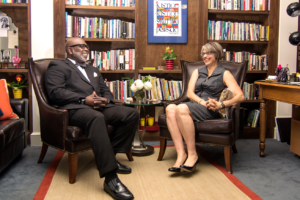

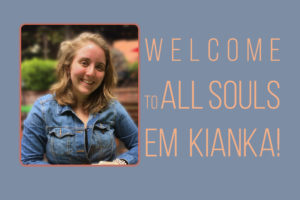


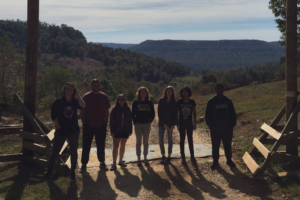
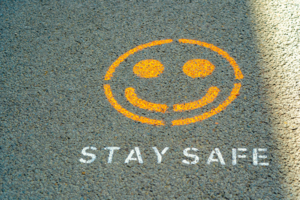
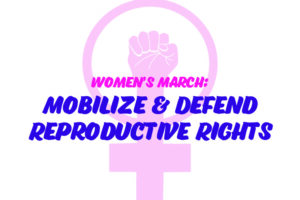

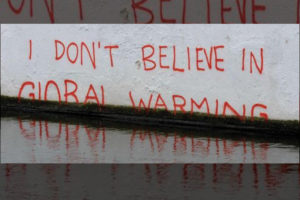

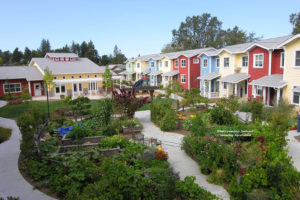









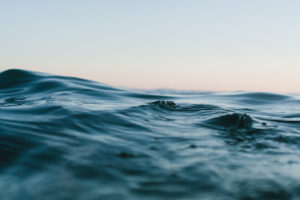

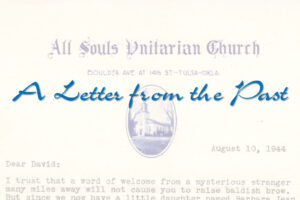



















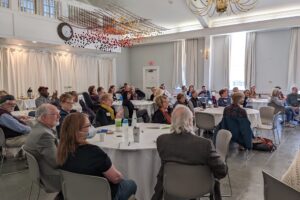








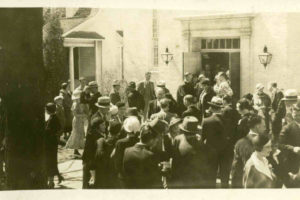



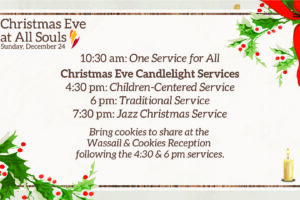


















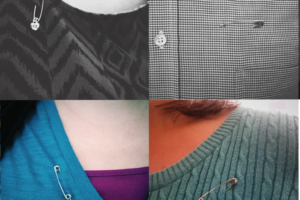


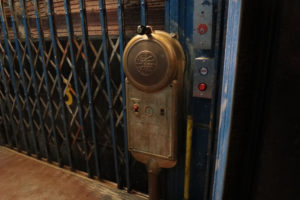







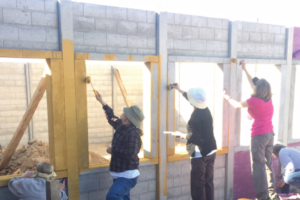



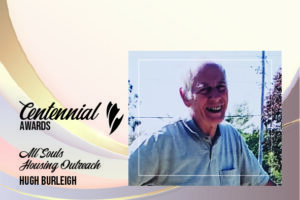




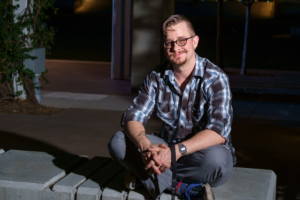



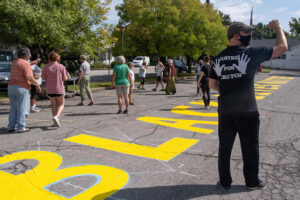
























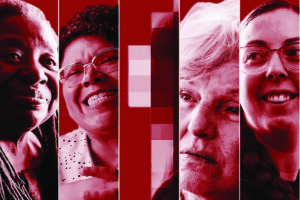




















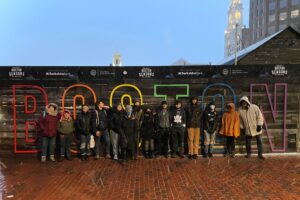









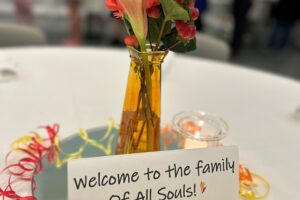


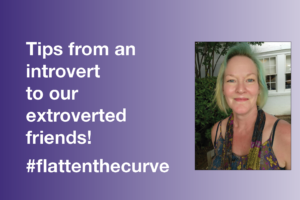









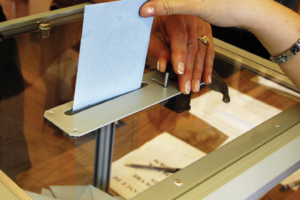






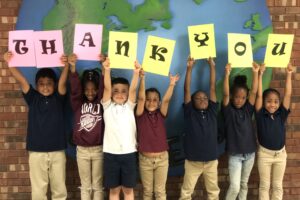



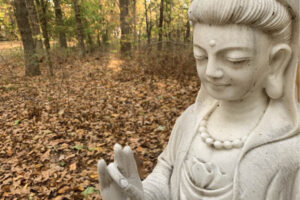






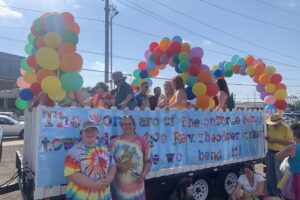







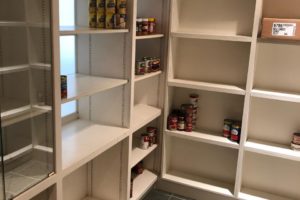

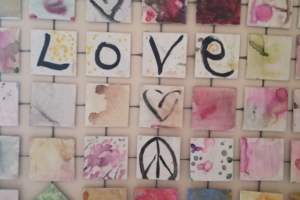







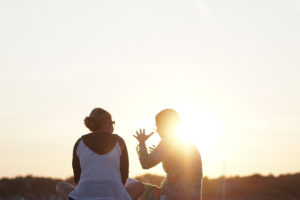


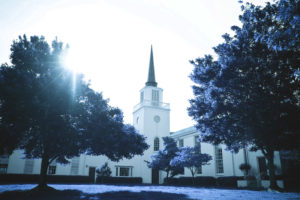








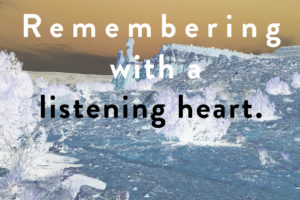
















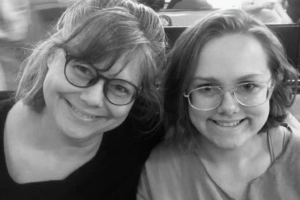






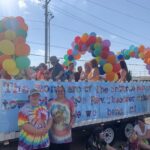
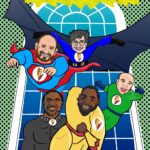



2 Comments
[…] Read more about Kim’s decision to travel to Nicaragua in her post, Chacraseca: Raising Nicaraguan Families Out of Poverty, and more about her experience in her post, On the Ground in Chacraseca. […]
[…] Read more from the 2018 All Souls International trip to Nicaragua from fellow traveler and beyondbelief.online author, Kim Marsh-MacLeod in Chacraseca: Raising Nicaraguan Families Out of Poverty, and On the Ground in Chacraseca. […]